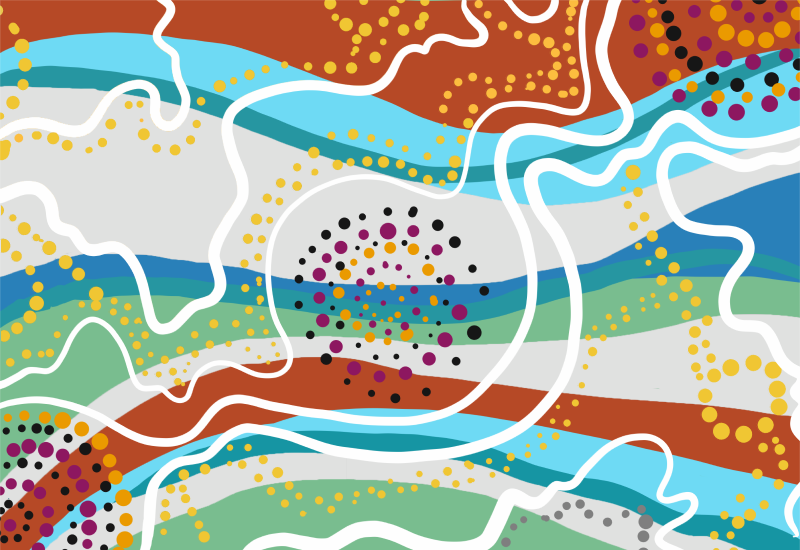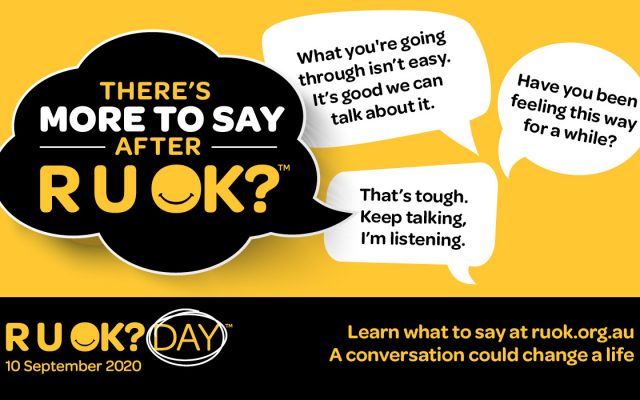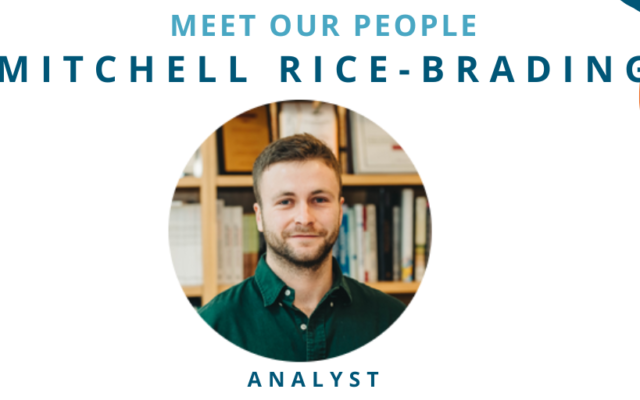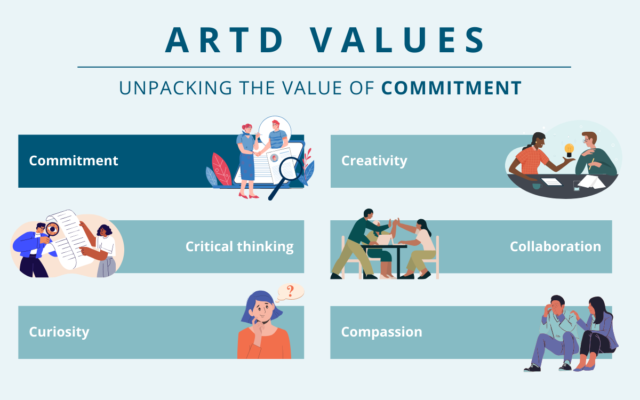
Cross Cultural Communication
Kate and Kieran attended an Isentia webinar on Effective Cross-Cultural Communication in February, with speakers Fiona Peterson, CEO of The Healing Foundation and Megan Davis, Pro Vice-Chancellor Indigenous and Professor of Law, UNSW. The session provided some deep-at-the-core insights underpinning respectful and effective communication between non-Indigenous and Aboriginal and Torres Strait Islander people, but also human to human communication more generally.
Several points resonated with both Kieran and myself from this session, which was held a day ahead of the commemoration of The National Apology by then Prime Minister Kevin Rudd.
In my own learning with colleagues and through reading and listening to Aboriginal podcasts, I’ve started to better understand that ways of doing and relationships are the two critically important foundations of communication. Not being a ‘strategy’ or immediately ‘actionable’ as such, these ongoing processes of two-way listening, learning, and experiencing tend to be overlooked. These two points were made strongly by both speakers.
“It has to be human otherwise it doesn’t work and it’s not durable.” – Megan
“When communication is done well, it’s human to human.” – Fiona
Fiona spoke about The Healing Foundation’s healing forums. At the end of the forum process, when coming up with healing priorities and strategies, they invite not only the Aboriginal and Torres Strait Islander people but everyone from that community, to ensure human to human connection, and create the opportunity to hear the stories of Aboriginal and Torres Strait Islander people’s experiences. There’s power in storytelling, Fiona said, because it compels people to act.
“In a matter of days, people are on the same page about how trauma has impacted their community and we work together from that same page. That’s why we are able to get everyone to put their shoulder to the wheel.”
That’s our experience in evaluation too.
We see the power of storytelling regularly in our projects where we partner with Aboriginal organisations, and particularly when we work with their frontline staff. Often our work is about articulating and documenting an organisation’s unique way of working with communities. This may be through developing a program logic, service guidelines, a practice framework or other policy documents. We are privileged to be able to support organisations to tell their stories and we witness how this supports their staff, often bringing them closer together, clarifying their mission and supporting them to develop more consistent practice with communities.
We have even had the privilege of working with a Stolen Generations organisation on a project that involves mapping the healing journey of survivors of the Stolen Generations. In this project, the story-telling process is two-fold. We are listening to the stories of staff and survivors, learning from their wisdom, knowledge, and experience. We are then being trusted to support them to tell this story and document their practice and service model in a culturally strong way. The end product will aim to support their staff but could also be shown to potential funders and other stakeholders as well as survivors themselves. – Kieran Sobels, Senior Consultant
Megan reiterated the relational nature of communication and highlighted that often a key thing missed is the message that we are all human beings: that too often the discourse is focussed on the things that divide, rather than unite us.
“It all comes down to how you communicate. If you engage in the right hows, the ways of doing, you can get to really beautiful outcomes.” – Fiona
In evaluation work, the ‘how’ is so essential. Our colleague Don Bemrose talked about his ‘how’ in an earlier blog: “As an Aboriginal evaluator, my culture means I take the time to learn from those who know the land, to learn alongside them as they remember what is already known by the community, and make sure my approach provides community specific answers on how communities can build capacity in all areas.”
Megan raised the point that as much as Aboriginal and Torres Strait Islander people speak up, they are often still not deeply listened to and understood by designers of policy, programs, and services in particular. What has been said by a community often gets filtered through levels of bureaucracy until it no longer looks like the thing the community wanted.
This reminded me of Holly’s important point in our blog on the 26th January: that “It’s all about the art of active listening; hearing what community say and then ensuring your understanding of what they say is accurate by repeating back what you heard in your own words.”
Another recurring point of the webinar was that effective cross-cultural communication is also about being informed so that you can start that dialogue from a place of shared understanding. Both Fiona and Megan discussed the need for non-Indigenous Australia to recognise and understand the history behind the trauma that exists for many Aboriginal and Torres Strait Islander people and that encounters with systems now continue to perpetuate trauma. We all need to recognise that we have a role to play in healing.
There are many places to listen, read and learn about Aboriginal and Torres Strait Islander experiences throughout Australia’s history, including The Healing Foundation’s website




